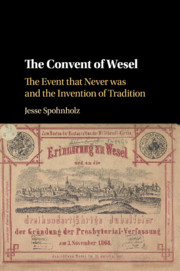Bibliography
Published online by Cambridge University Press: 21 September 2017
- Type
- Chapter
- Information
- The Convent of WeselThe Event that Never was and the Invention of Tradition, pp. 219 - 244Publisher: Cambridge University PressPrint publication year: 2017



